Traveling along the Ho Chi Minh trail from Thai Binh to Trung Son these days, one can see the green of hills, forests and young rice plants on both sides of the road. High-rise buildings are springing up side by side, people’s lives are changing day by day. The communes in the former revolutionary base areas are putting on new clothes, becoming more and more prosperous.
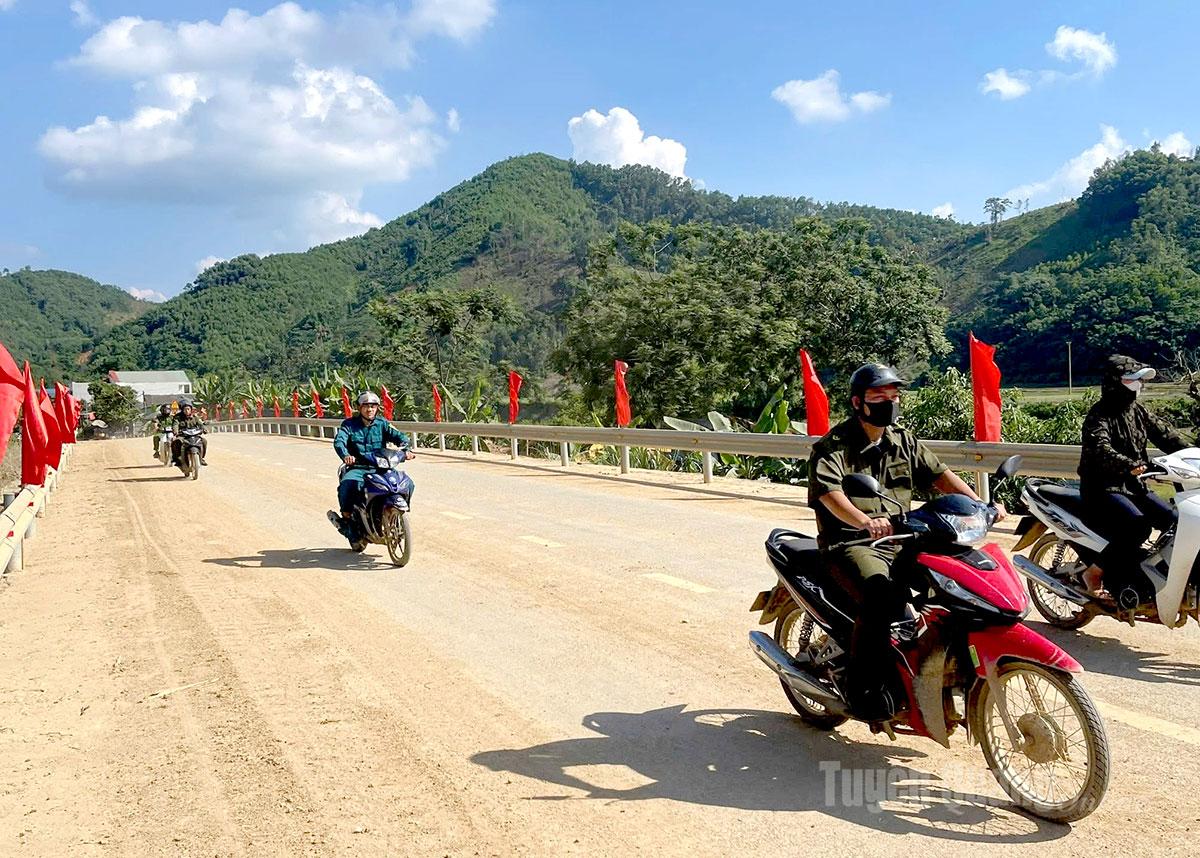 |
| Ho Chi Minh road through Hung Loi commune. |
Trung Son commune is currently formed from 3 communes: Cong Da, Dao Vien and Trung Son (old). These are all difficult communes with a large proportion of ethnic minorities. Since the Ho Chi Minh road was built and completed, people in the area have had the opportunity to develop their economy , and school-age students have been able to attend school regularly.
Comrade Nguyen Van Truong, Vice Chairman of Trung Son Commune People's Committee shared that with over 9,000 hectares of forestry land, in recent years, the development of the forest economy has contributed to changing the face of people's lives here. Many wood workshops have been established, creating jobs and stable income for people. Convenient roads also promote trade of goods. Fruit trees with economic value such as grapefruit, longan, dragon fruit... have a good harvest and good prices, and traders come to buy them busily. Thanks to the convenient transportation system, the economy has gradually grown, the average income per capita has increased, and the cultural and spiritual life of the people has also been developed and preserved.
In the proud pages of history, the Ho Chi Minh trail became the lifeline for the North to support the Southern front. Today, the trail named after Uncle Ho connects Pac Bo (Cao Bang) to Ca Mau Cape through most of the mountainous, remote and isolated communes, promising a bright future.
Teacher Nguyen Huu Viet, Principal of Phu Thinh Primary and Secondary School, said that the Huc branch was newly built on Ho Chi Minh road. Currently, the branch has 4 classes and nearly 100 students from But, Huc and Nghet villages. Before the road passed through, students and their parents had a hard time going to school, especially on rainy and windy days when the road was slippery and muddy, many students had to miss school. Ho Chi Minh road opens up a new future for students, creating conditions for them to travel to school fully.
The Ho Chi Minh Highway section from Cho Chu, Dinh Hoa (Thai Nguyen) passing through Hung Loi commune to Trung Son intersection is the final "piece" to connect and open the entire route. All levels, sectors and local authorities are speeding up the project implementation with the determination to complete it this year. Comrade Ban Van Than, Vice Chairman of Hung Loi Commune People's Committee, affirmed that the route passing through the commune has received high consensus from the people. This is the basis for people to travel conveniently, develop trade of goods, and create momentum for comprehensive development.
Along the Ho Chi Minh trail, one can see the revolutionary base communes changing day by day. New spacious houses, markets, schools, shops, production areas are built side by side... All of them seem to put on a new coat for the revolutionary homeland. That is also the clearest evidence of a generation that is constantly striving to build a new life while traveling on the road named after Uncle Ho in the past.
Article and photos: Thuy Le
Source: https://baotuyenquang.com.vn/xa-hoi/202507/doi-thay-tren-duong-ho-chi-minh-3ee1415/



![[Photo] National Assembly Chairman Tran Thanh Man meets with First Secretary and President of Cuba Miguel Diaz-Canel Bermudez](https://vphoto.vietnam.vn/thumb/1200x675/vietnam/resource/IMAGE/2025/9/2/c6a0120a426e415b897096f1112fac5a)
![[Photo] Ho Chi Minh City residents show their affection to celebrate the 80th anniversary of the August Revolution and National Day September 2](https://vphoto.vietnam.vn/thumb/1200x675/vietnam/resource/IMAGE/2025/9/3/55d860cbb63a40808e1e74ad9289b132)
![[Photo] Lao President Thongloun Sisoulith and President of the Cambodian People's Party and President of the Cambodian Senate Hun Sen visit the 95th Anniversary Exhibition of the Party Flag Lighting the Way](https://vphoto.vietnam.vn/thumb/1200x675/vietnam/resource/IMAGE/2025/9/2/3c1a640aa3c3495db1654d937d1471c8)
![[Photo] Special art program "Da Nang - Connecting the future"](https://vphoto.vietnam.vn/thumb/1200x675/vietnam/resource/IMAGE/2025/9/2/efdd7e7142fd45fabc2b751d238f2f08)
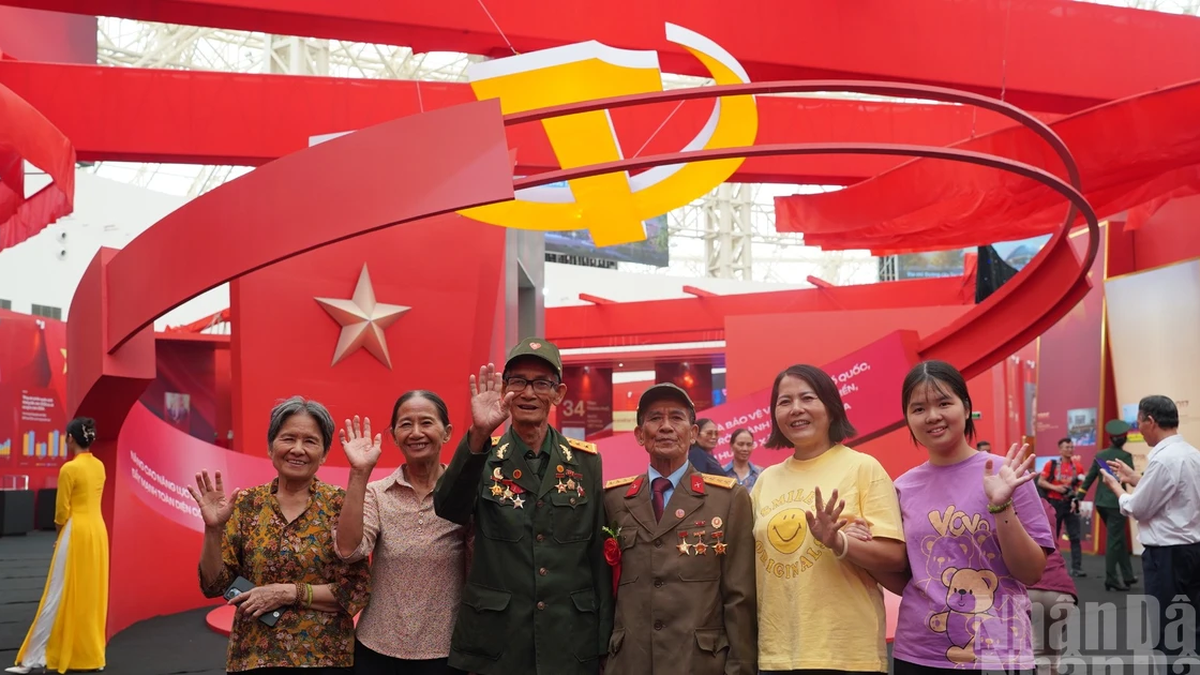

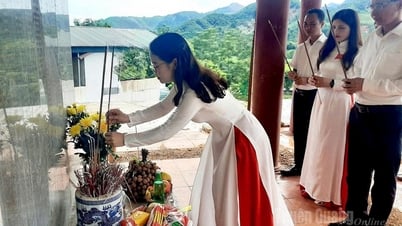
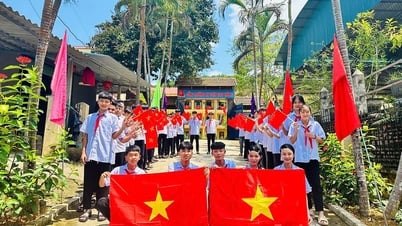
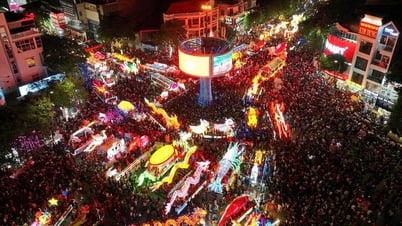





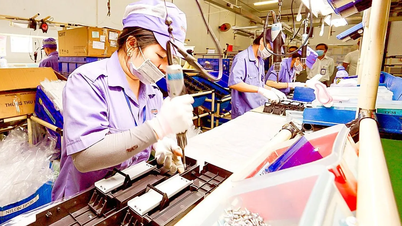

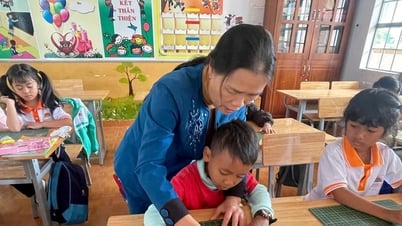



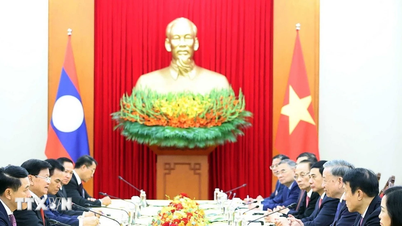

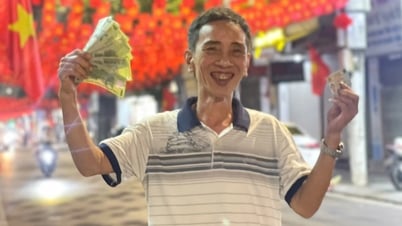

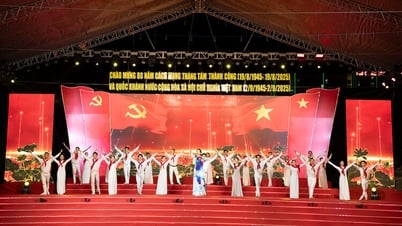


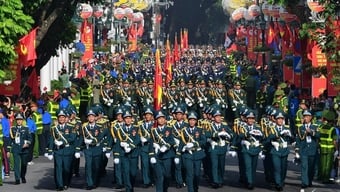

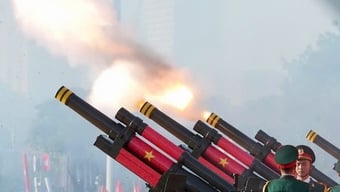
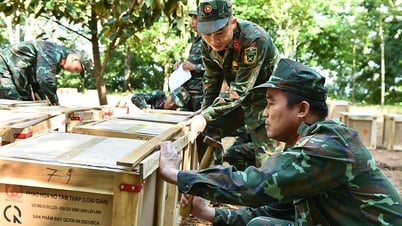
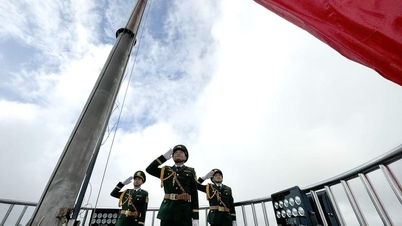
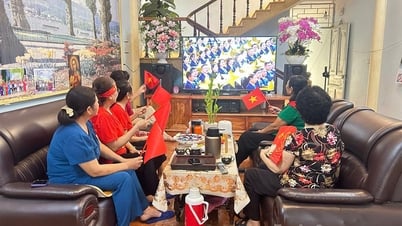

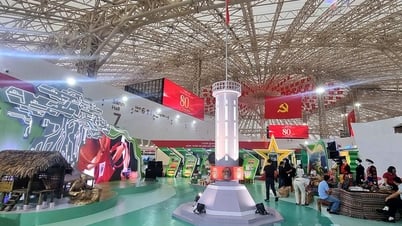
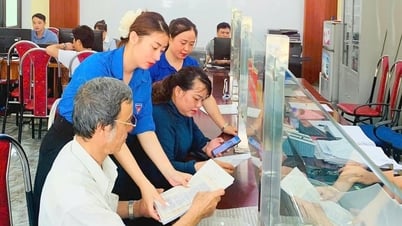
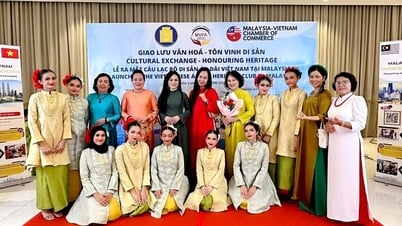
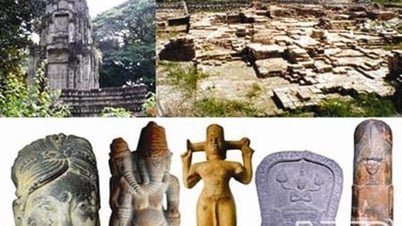

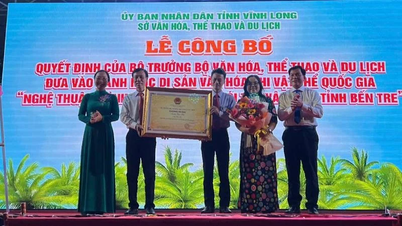



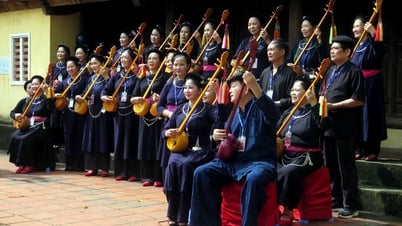

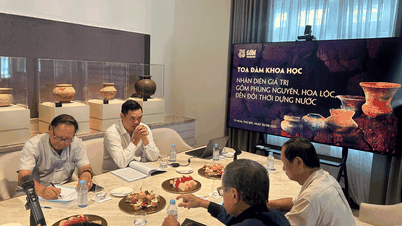


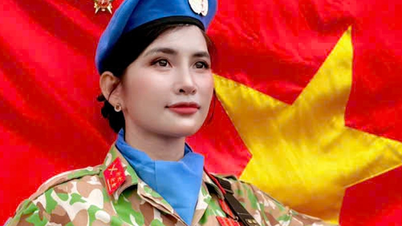




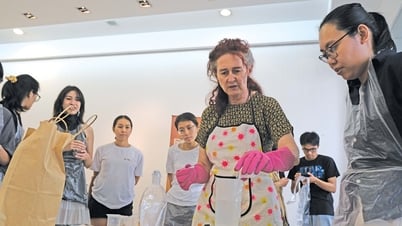

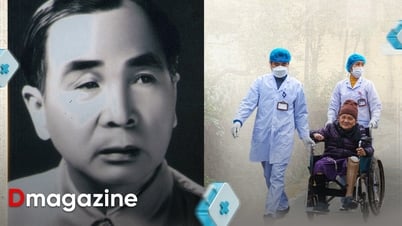
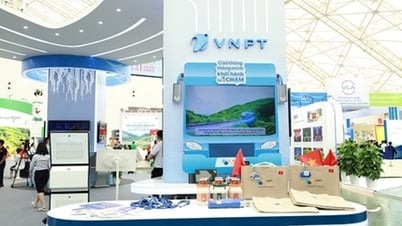


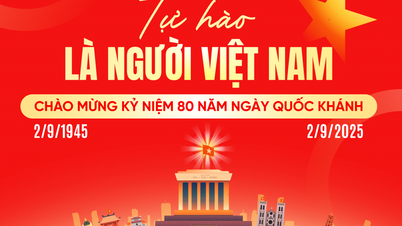
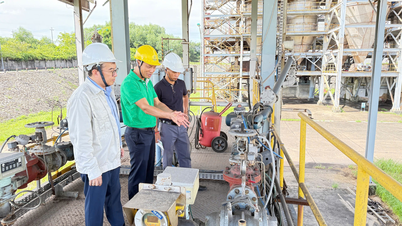


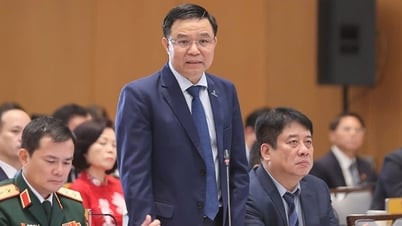
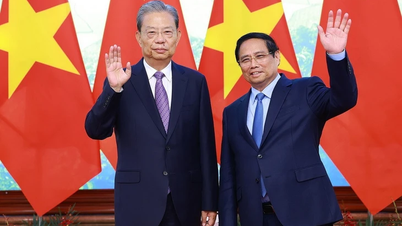
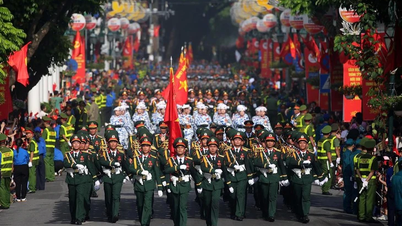
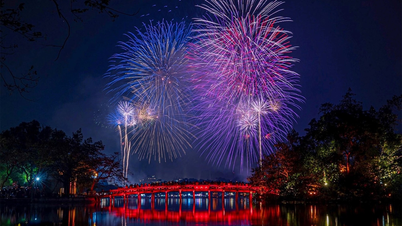
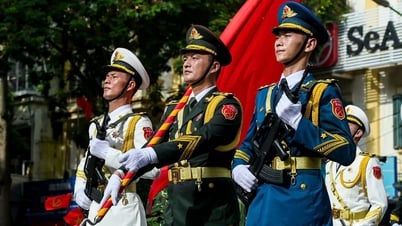




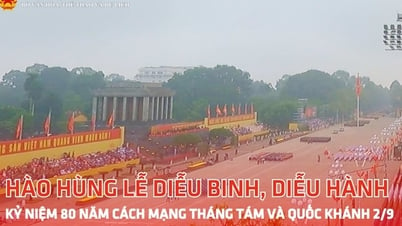

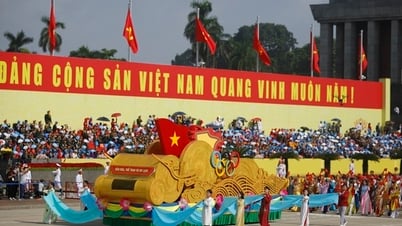

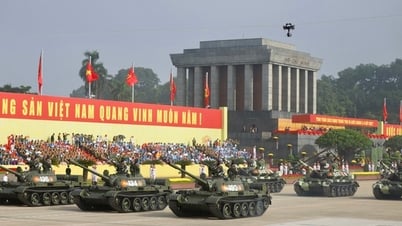
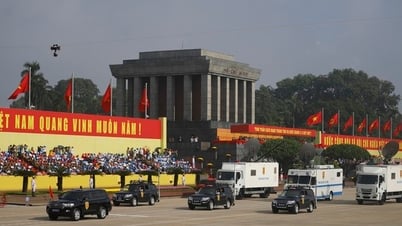

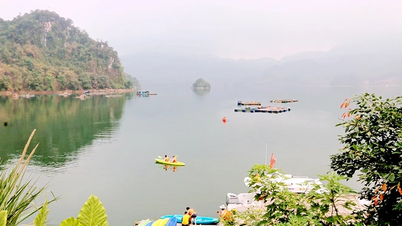

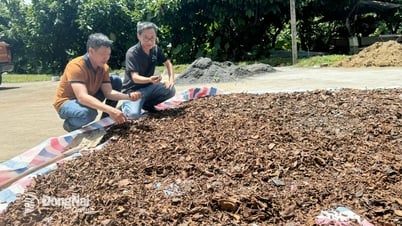

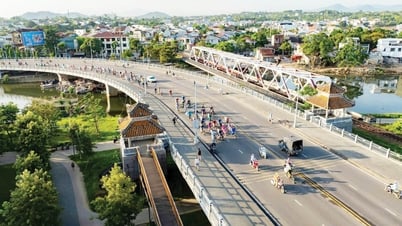


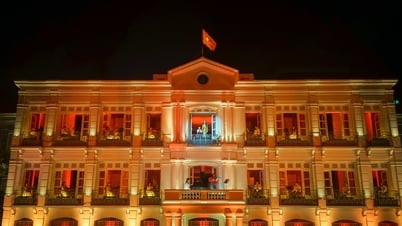

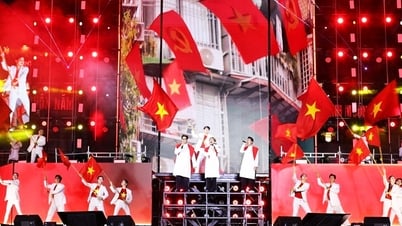

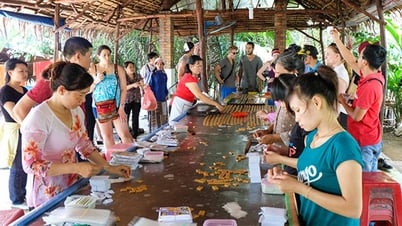

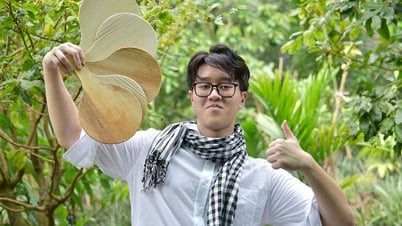
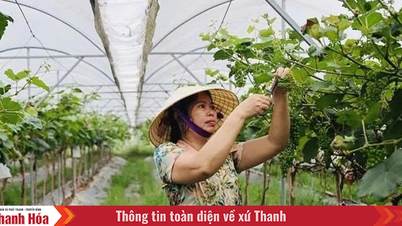

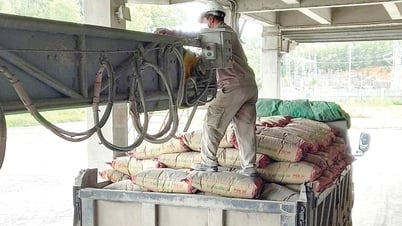
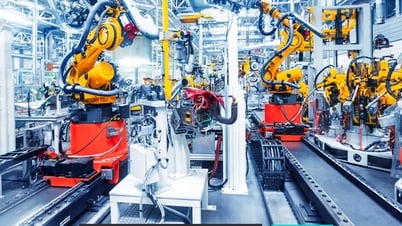

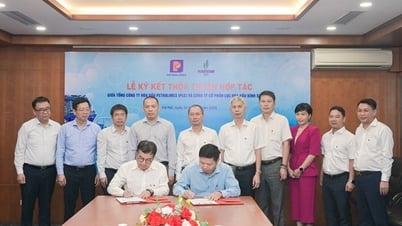


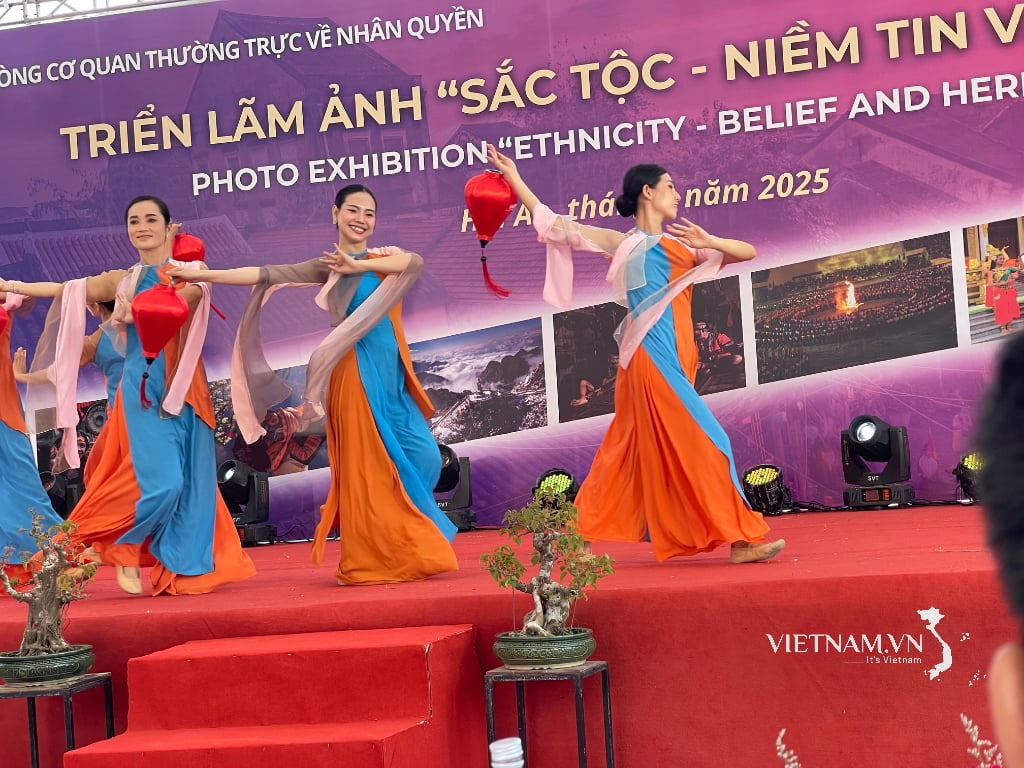
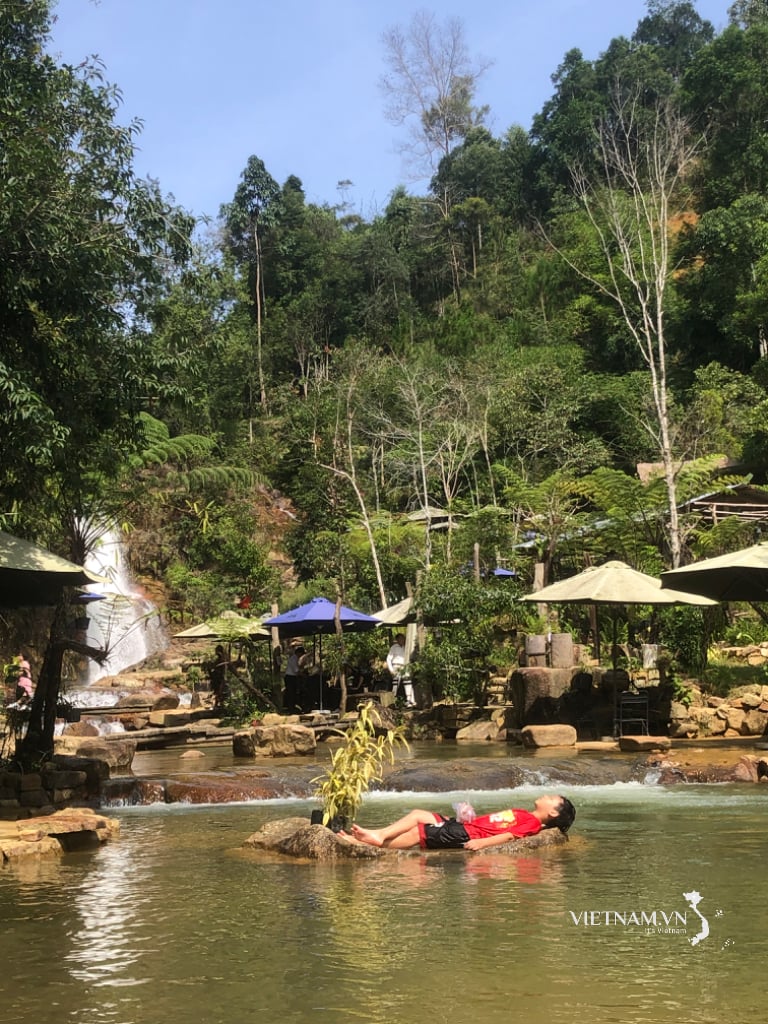

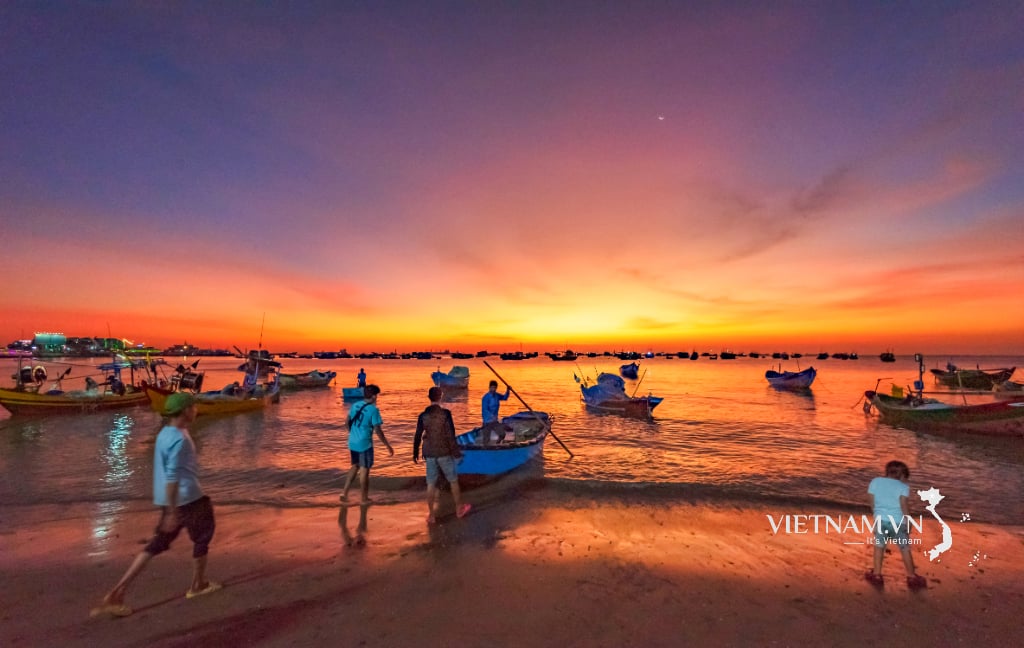
Comment (0)